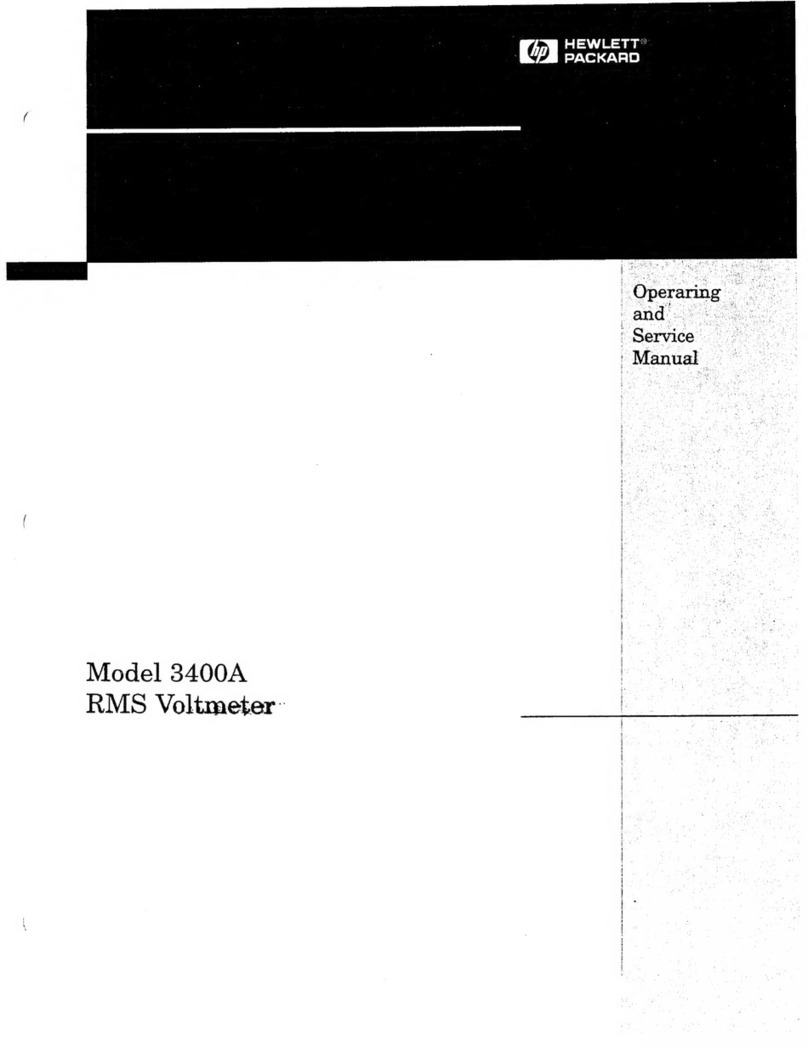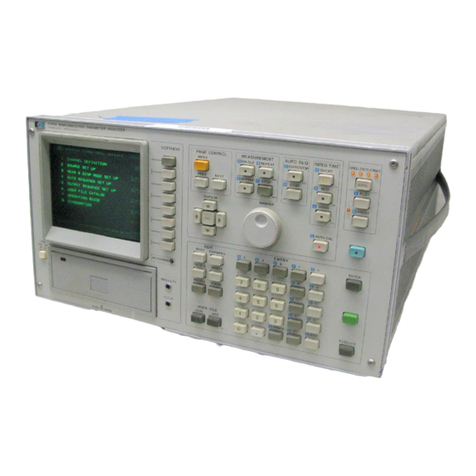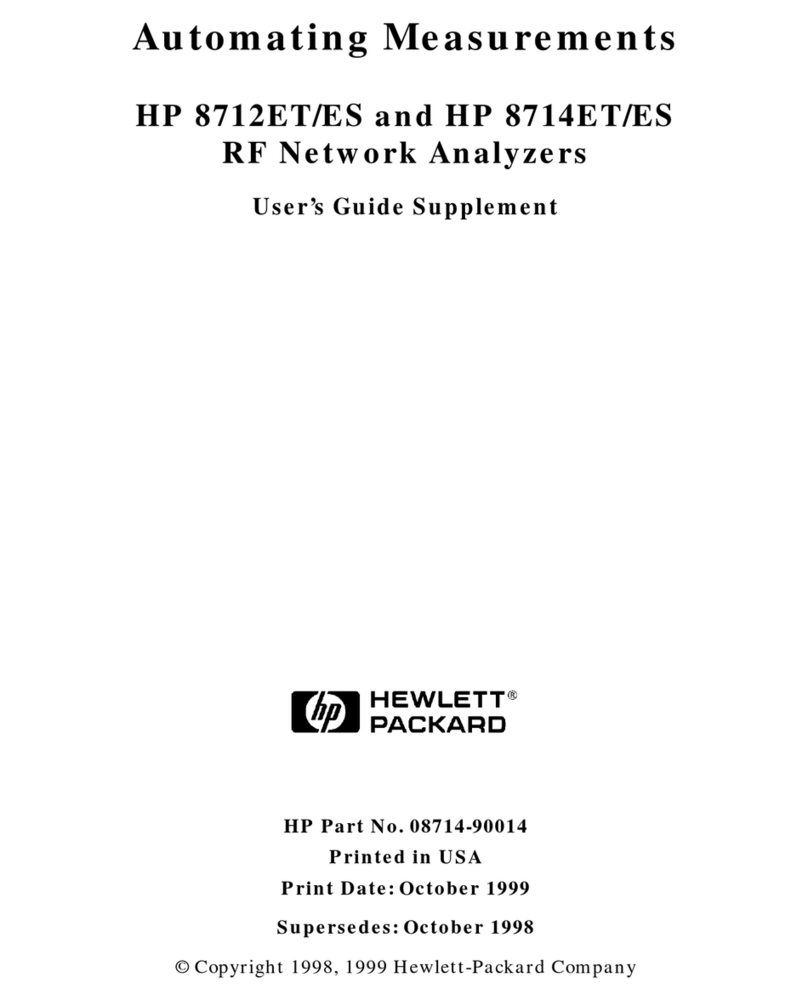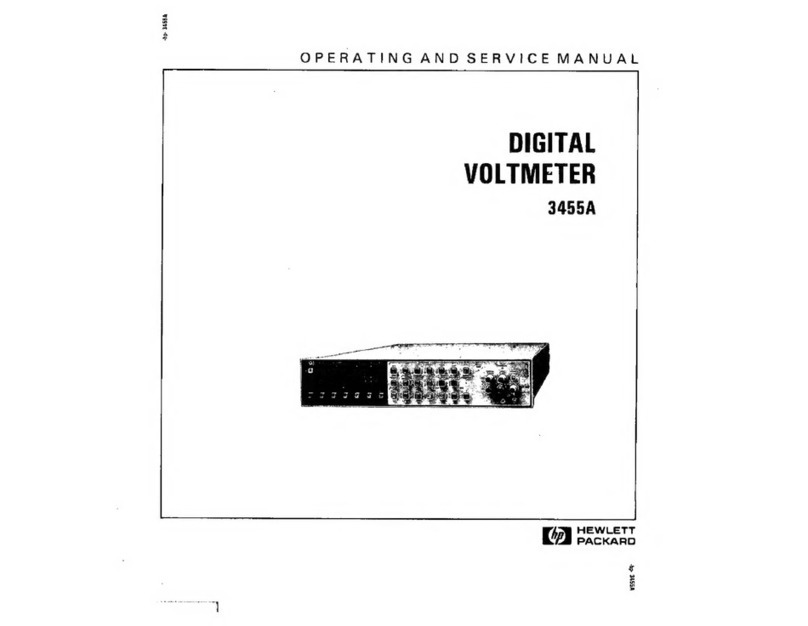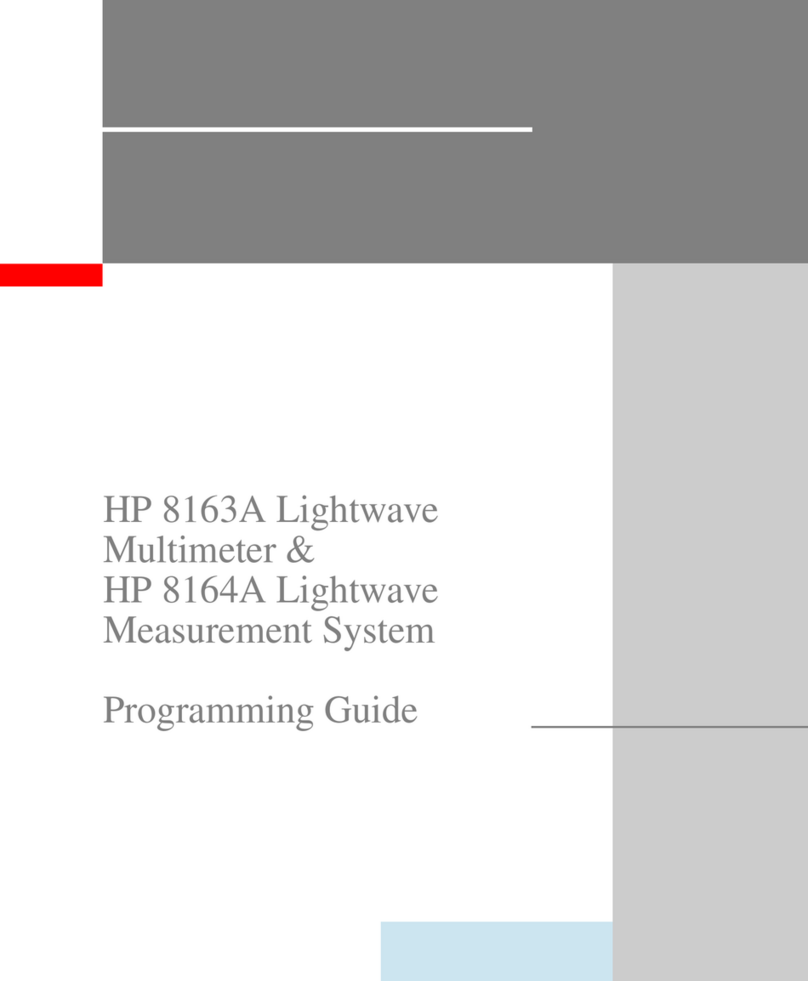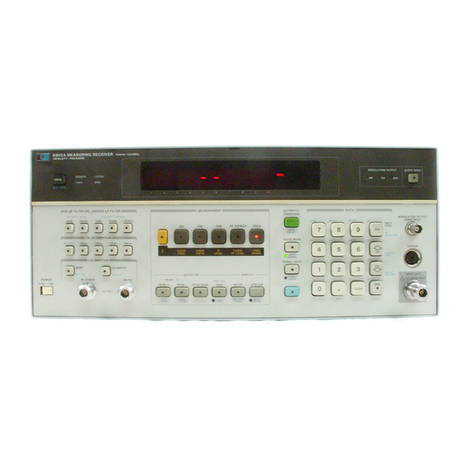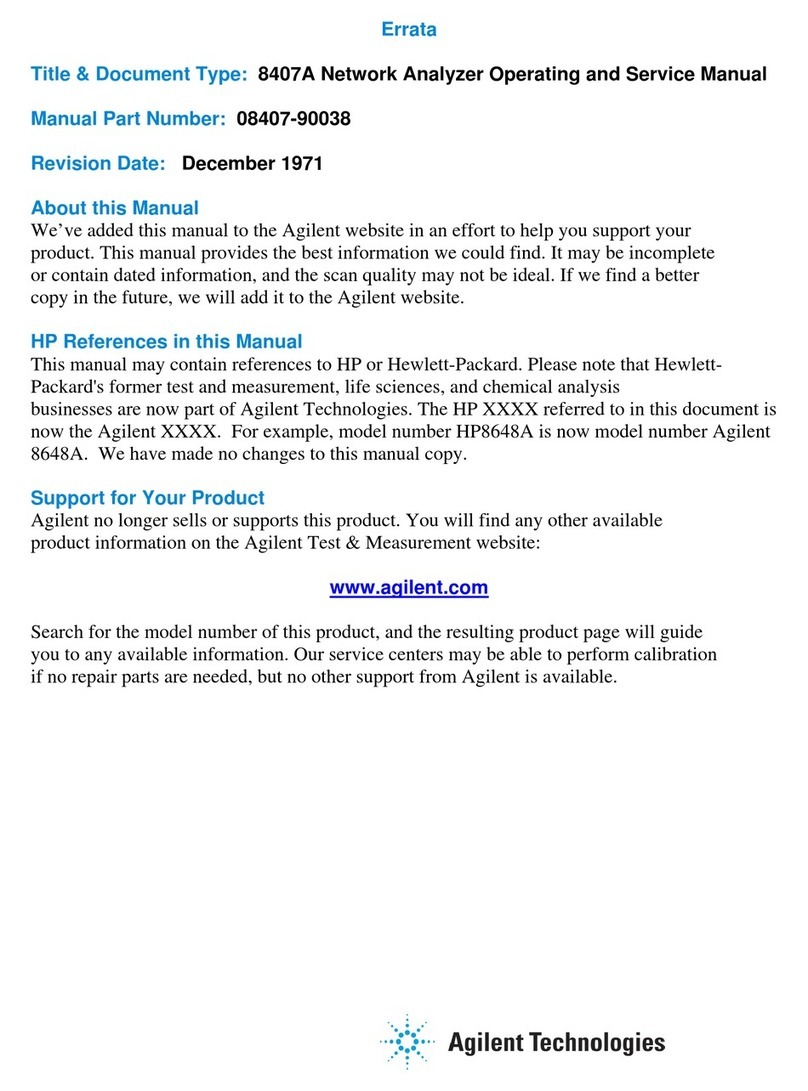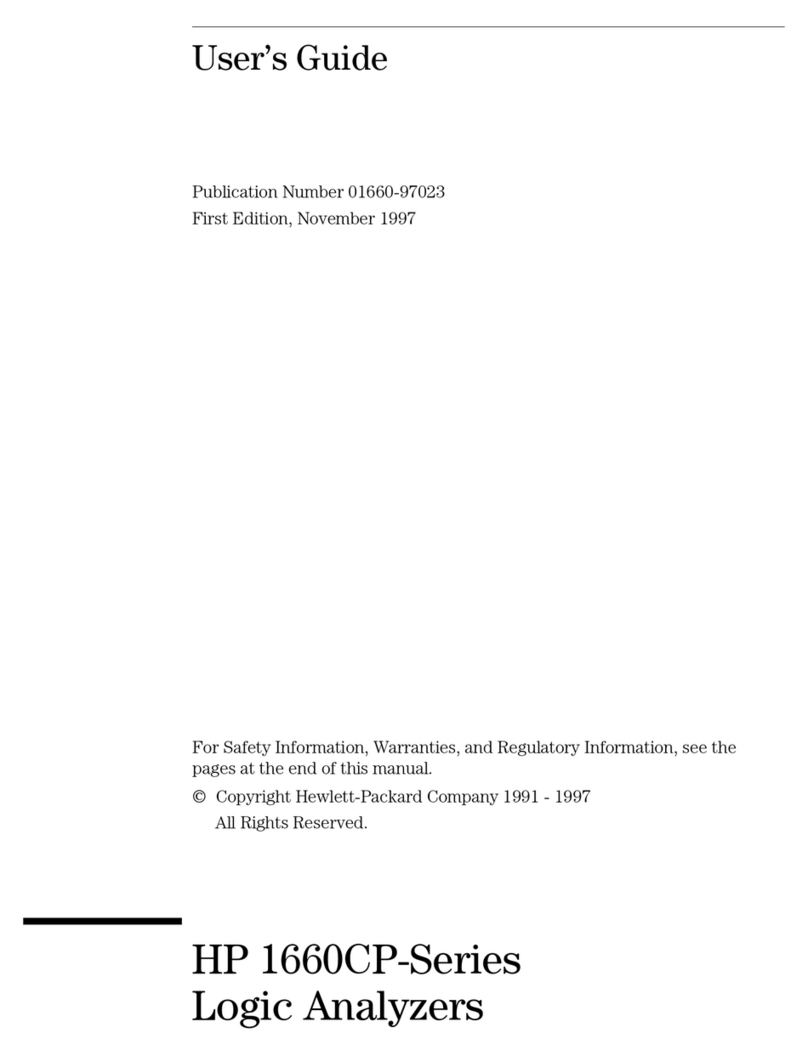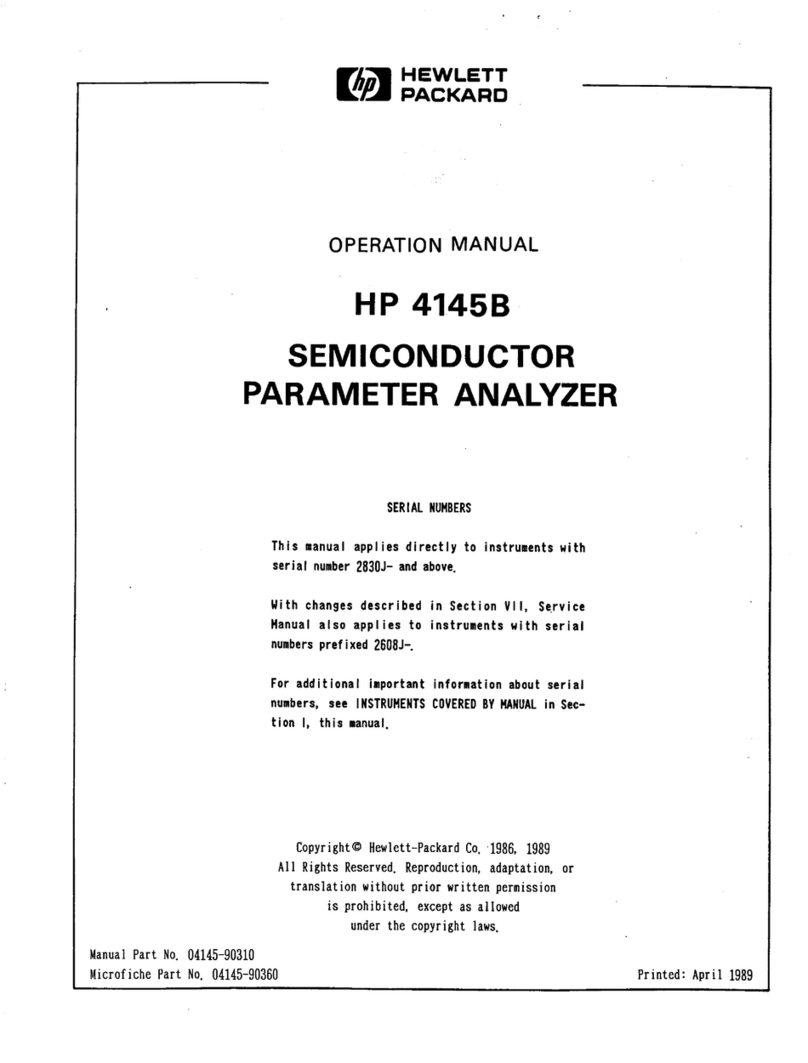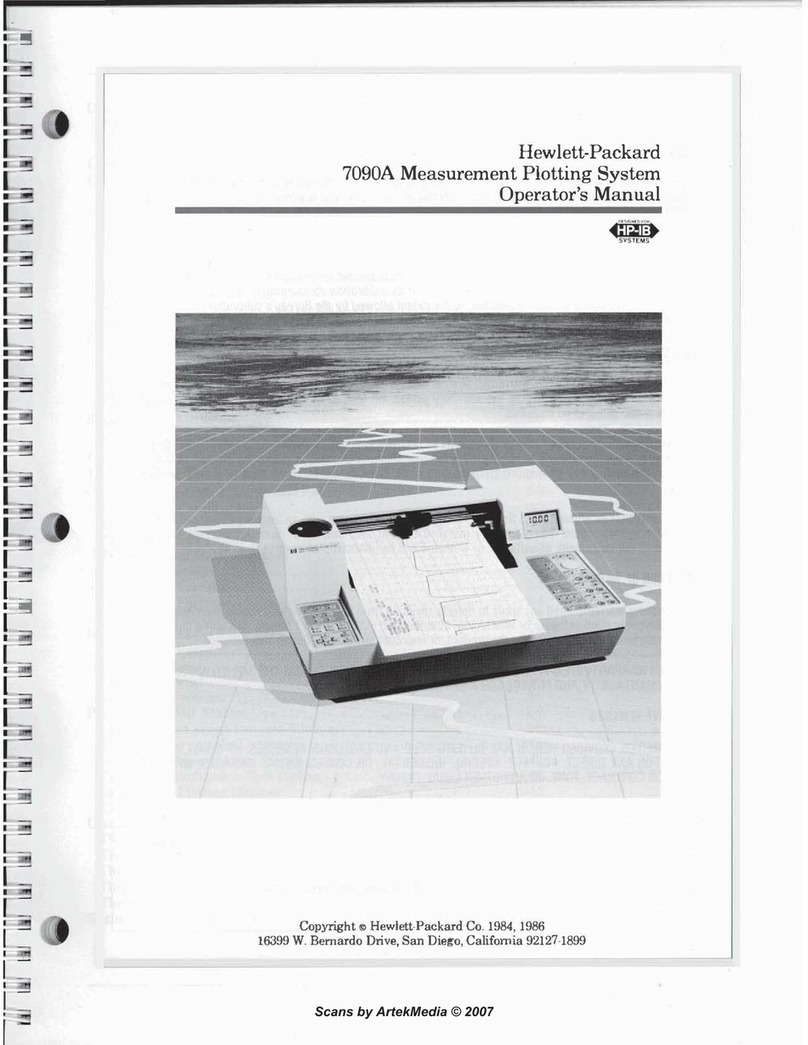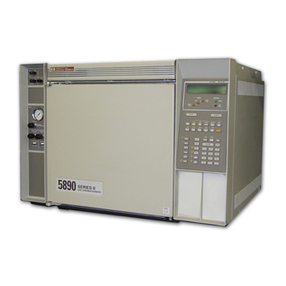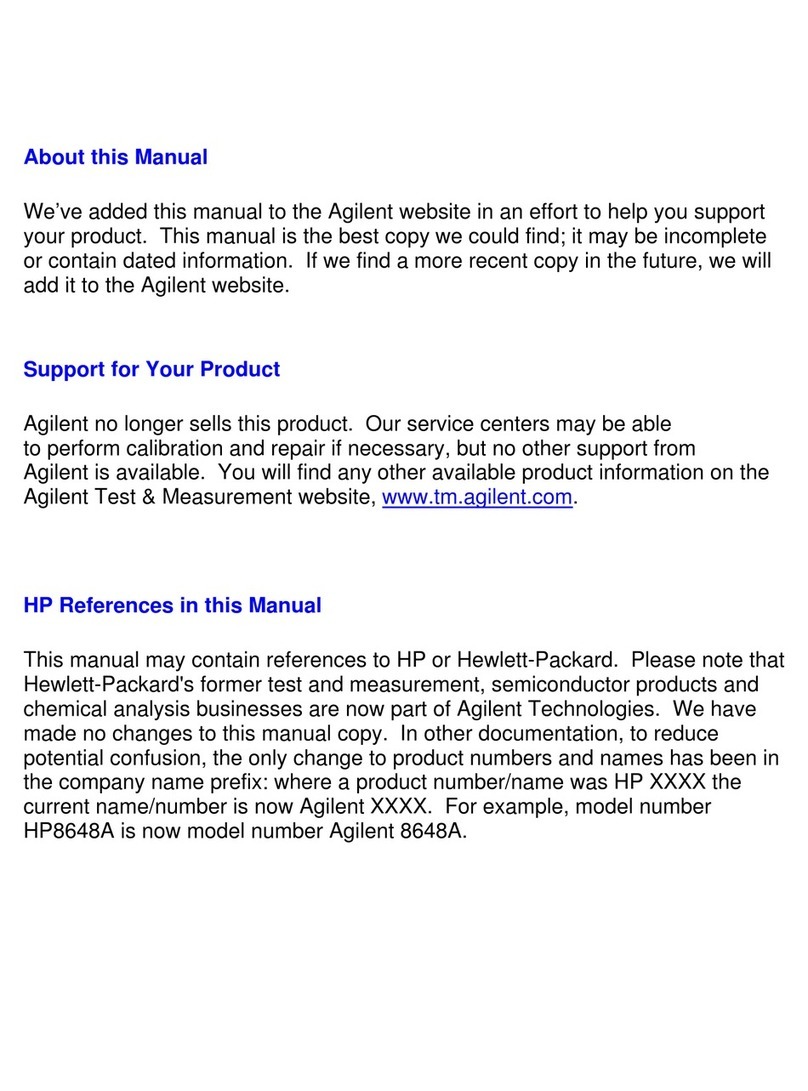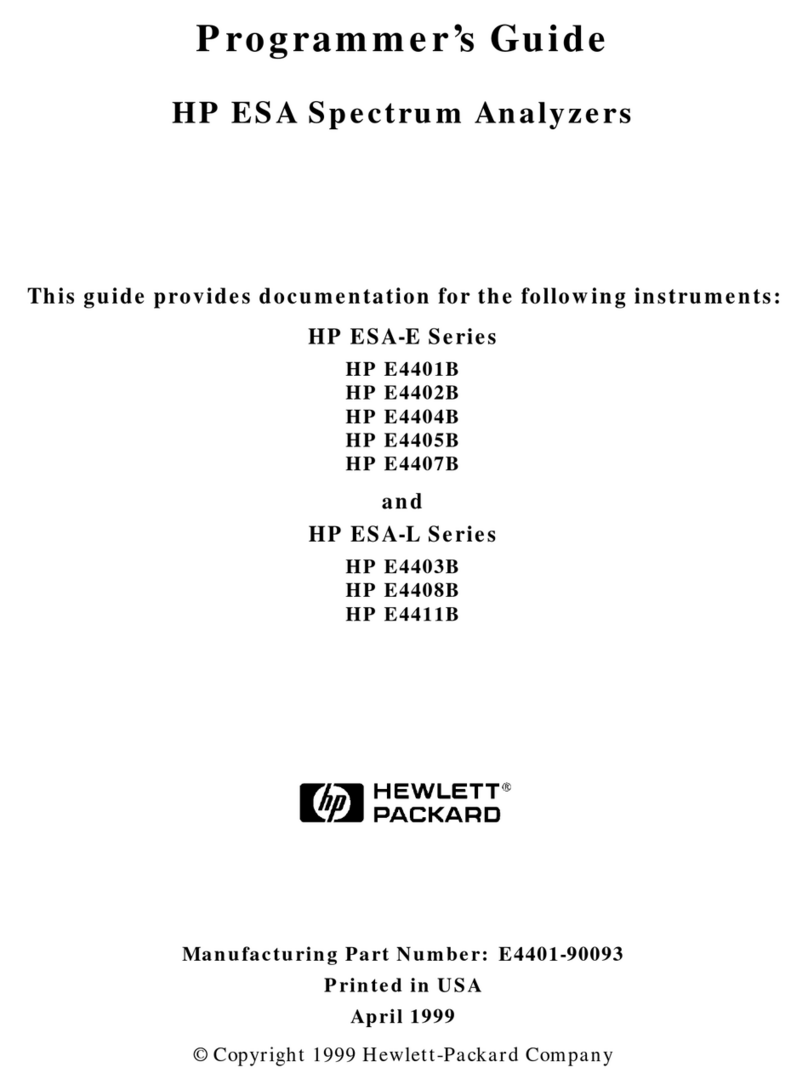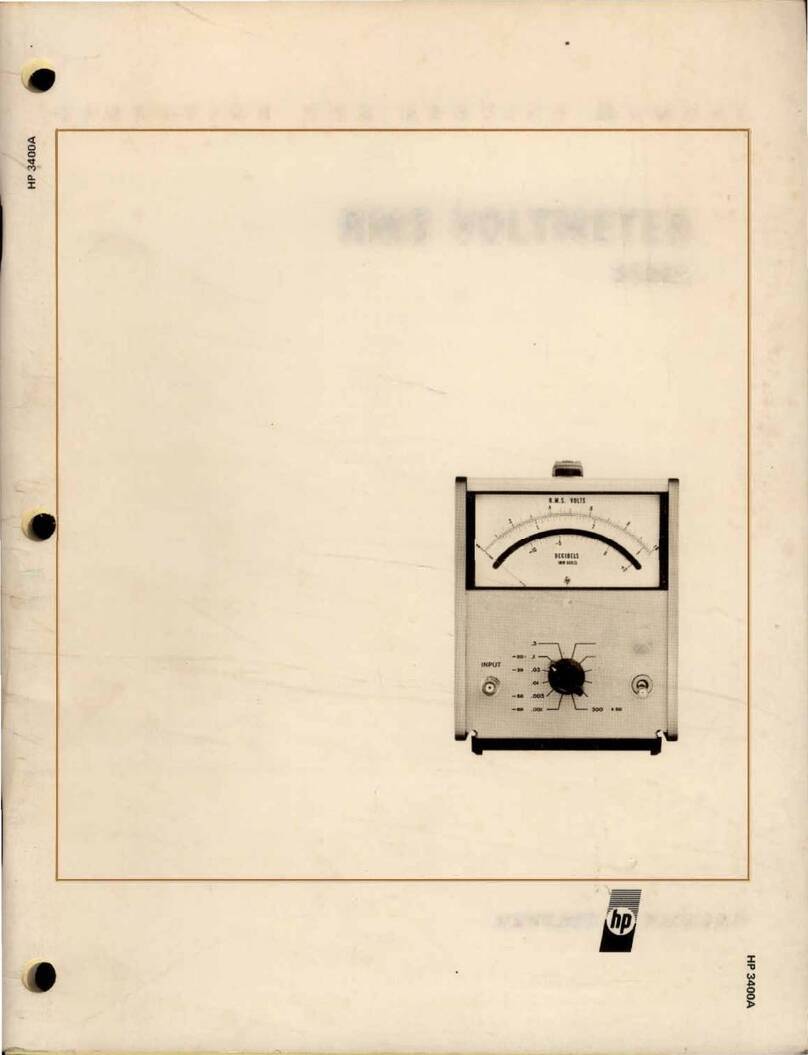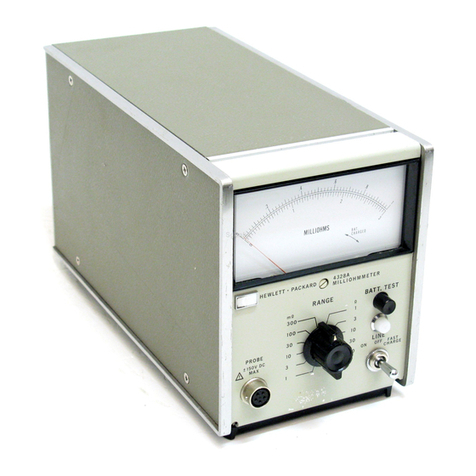
SAFETY
SYMBOLS
General
Definitions
of
Safety
Symbols
Used
On
Equipment
or
In
Manuals.
,,
Instruction manual symbol: the product will be marked with this
symbol when it
is
necessary for the user to refer to the instruction
manual in order to protect against damage to the instrument.
Indicates dangerous voltage (terminals fed from the interior by
voltage exceeding
1000
volts must be so marked).
Protective conductor terminal. For protection against electrical
-1-
OR
~
shock in case
of
a fault. Used with field wiring terminals
to
in-
-
~
dicate the terminal which must
be
connected to ground before
177
OR
.L
operating equipment.
Low-noise
or
noiseless, clean ground (earth) terminal. Used for a
signal common, as well
as
providing protection against electrical
shock in case
of
a fault. A terminal marked with this symbol must
be connected
to
ground
in
the manner described
in
the installation
(operating) manual, and before operating the equipment.
Frame
or
chassis terminal. A connection to the frame (chassis)
of
the equipment which normally includes all exposed metal struc-
tures.
Alternating current (power line).
Direct current (power line).
Alternating
or
direct current (power line).
WARNING
IThe WARNING sign denotes a hazard. It calls attention
to
a pro-
cedure, practice, condition
or
the like, which, if not correctly per-
•-----•-
formed
or
adhered to, could result in injury
or
death
to
personnel.
NOTE:
The
CAUTION
sign denotes a hazard. It calls attention to
an
operating procedure, practice, condition
or
the like, which,if not
correctly performed
or
adhered to, could result in damage to
or
destruction
of
part
or
all
of
the product.
The NOTE sign denotes important information. It calls attention
to procedure, practice, condition
or
the like, which
is
essential to
highlight.
0
tJ












